#friesland province
Text




Lauwersmeer (2) (3) (4) by Jeroen Hillenga
Via Flickr:
(3) Een rozengal is een vergroeiing van een rozenstruik, veroorzaakt door de Rozengalwesp (Diplolepis rosae). Deze maakt een beschadiging ergens op de plant, legt haar eitjes, spuit een stofje in waardoor op die plek van de rozenstruik een vreemdgevormde woekering ontstaat: de gal. Deze dient dan als woning voor de larven van de galwesp.
A rose gall is an overgrowth of a rose bush, caused by the rose gall wasp (Diplolepis rosae). This causes damage somewhere on the plant, lays its eggs, injects a substance that causes a strangely shaped proliferation at that spot on the rose bush: the gall. This then serves as a home for the larvae of the gall wasp.
#cloudy#countryside#fallen trees#grasses#plantlife#cw wasp#great willowherb#hairy willowherb#rozengal#rose bedeguar gall#Robin's pincushion#flowers#the netherlands#friesland province#groningen province
8 notes
·
View notes
Text

Leeuwarden, Friesland Province, Netherlands
Đorđe Pandurević
2 notes
·
View notes
Photo

Wentke (Gown)
Mid 18th Century
The Netherlands
Women in Hindeloopen, a town in the northern Netherlandish province of Friesland, traditionally wore this type of striking lightweight coat, called a wentke, on special occasions. Beginning in the mid-eighteenth century, wentkes were usually made of boldly patterned Indian chintzes, and contrary to the custom in the rest of Europe of confining chintz to casual and private occasions, residents of Hindeloopen elevated this exotic fabric to a formal status. The wentke was often worn with other garments of Indian cotton. (The MET)
Peabody Essex Museum (Object Number: 2012.22.15)
#wentke#gown#jacket#georgian#1730s#1740s#1750s#1760s#regional fashion#18th century#dutch#the netherlands#blue#cotton#india#chintz#peabody essex museum#popular
3K notes
·
View notes
Text
This is probably the only actual Eurovision post I'll make, but as someone from Friesland (the province in the Netherlands Joost is also from) there's something extra heartbreaking about his disqualification. Friesland is so often overlooked and marginalized and put away as just another backwards rural province, when in reality it has so much to offer; it has a long and incredible history. In fact, the Frisian language has existed for so long that it shares similarities with middle English. We have so much music and literature and culture, but so few people see or even respect that.
Everyone was so proud and excited that a Frisian was representing not just our province, but the entire Netherlands. And they took that away, too. It truly hurts extra hard, knowing how much this meant to an already often overlooked minority within the Netherlands.
81 notes
·
View notes
Text
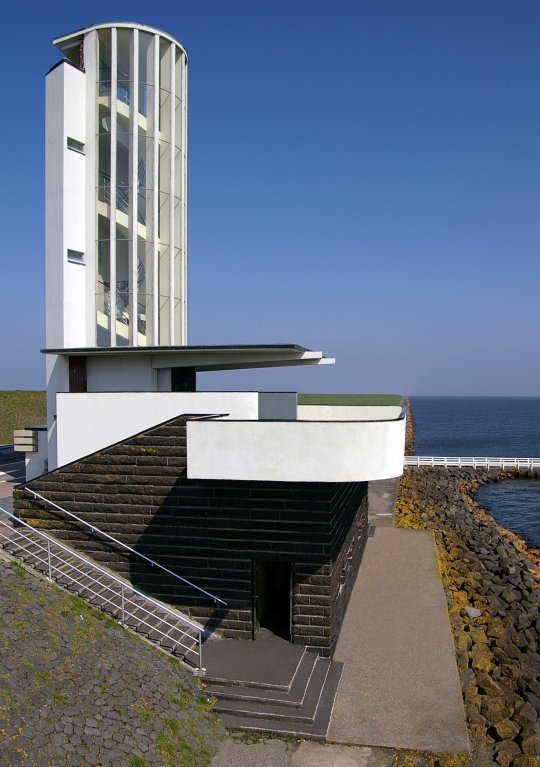
Afsluitdijk Monument (1933) on Afsluitdijk, the Netherlands, by W.M. Dudok. The so-called Afsluitdijk is a 32 km long causeway running from Den Oever in the province North-Holland to Zurich in Friesland.
394 notes
·
View notes
Text
The Friesian Horse

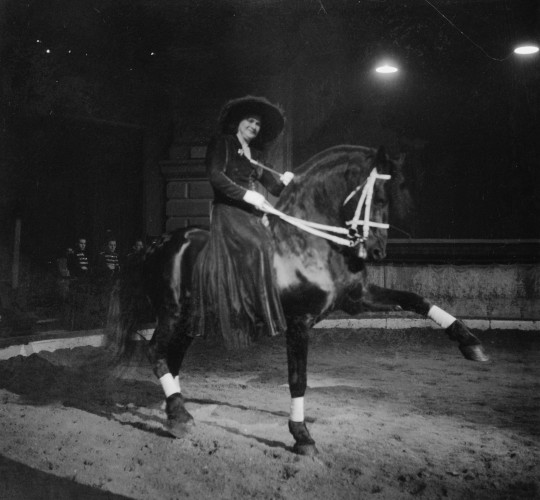


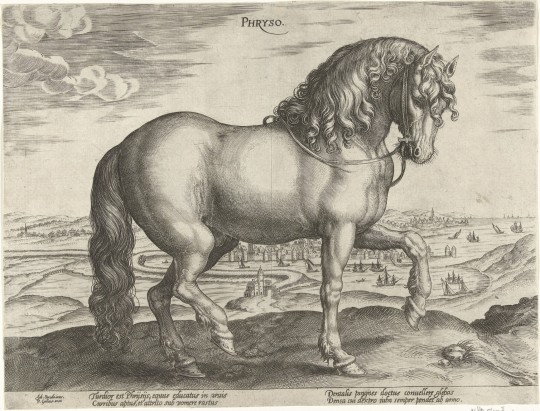
1. A photograph of "Sneek 500 jaar. Wedstrijd ringrijden" from 1956, and by Wim van Rossem.
2. A photograph of "Circus Strassburger. Regina Strassburger hogeschool dressuur" from 1948, and by J. D. Noske (1902-1972).
3. Friese hengsten (c. 1954) by Kuno Brinks (1908-1992).
4. Een Fries paard by Tethart Philipp Christian Haag (1737-1812). Fries paard is the Dutch name for Friesian horses.
5. Paard uit Friesland Phryso (in English: Horse from Friesland Phryso) from c. 1578 - 1583 and attributed to Hendrick Goltzius, after a design by Jan van der Straet. Even though not referred to as a Friesian this is a horse from Friesland - the Dutch province that Friesians orginated in - that shows the same features and likely gives a sense of the breeds earlier origins and appearance.
(Picture source for Rossem's photograph, Noske's photograph, Friese hengsten, Een Fries paard, and Paard uit Friesland Phryso)
#kuno brinks#Tethart Philipp Christian Haag#Jan van der Straet#hendrick goltzius#j. d. noske#wim van Rossem#old photography#art history#art#horses#horse#horse art#Friesian#friesian horse#horse breeds#horses in art history
74 notes
·
View notes
Text


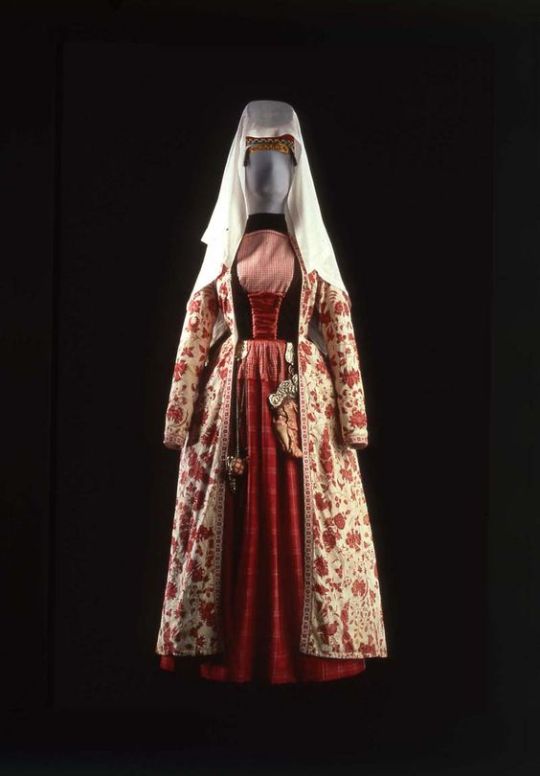
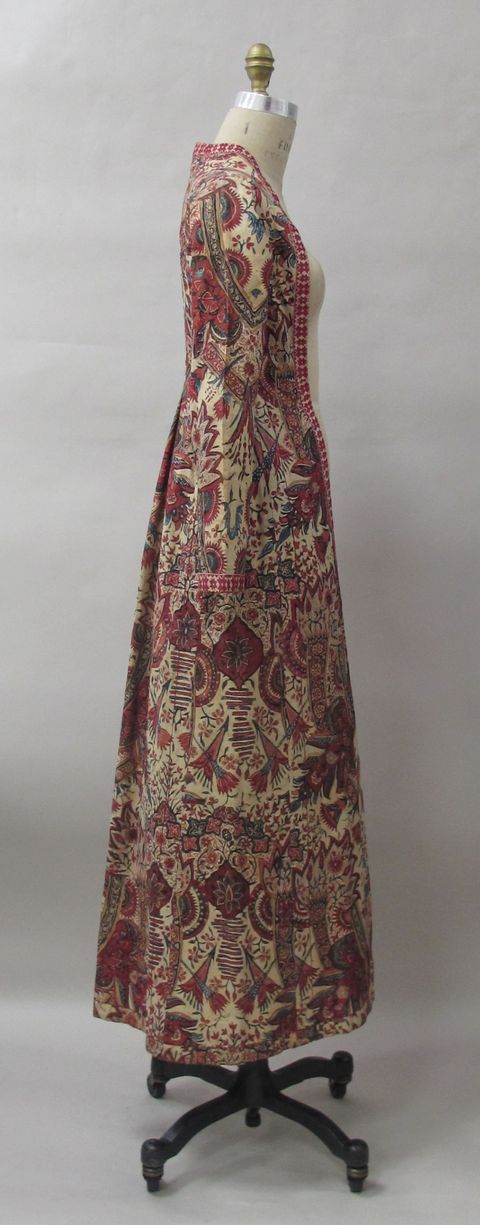

This full length coat style is referred to as a wentke. It comes from the Netherlands and was created in the mid 18th century. Originating in the province of Friesland, and in particular in the town of Hindeloopen, it was a type of closely fitted long coat worn over full length skirts with a blouse and stays.
The fashion began in the 1600s and continued through the 1700s into the early 1800s. Due to the huge amount of trade with the Eastern world that came through Amsterdam, a large number of these wentke were made up in imported printed Indian cotton fabrics like the example here.
This sample, now in the care of the MET is a brilliantly colored and complex pattern that is well matched at the center back. The coat cuffs and opening are edged with a red and cream linen trimming, and the wentke is lined in linen as well.
I’m including an image of a complete ensemble for reference.
97 notes
·
View notes
Text
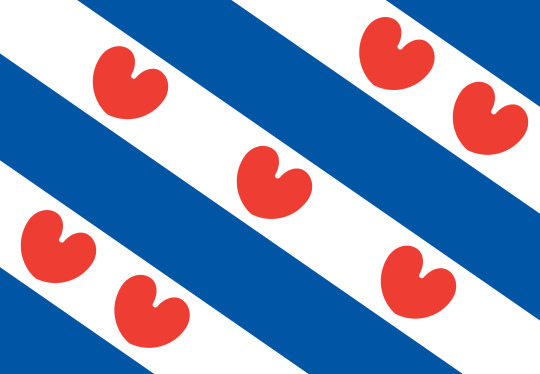
The flag of the province of Friesland or Frisian flag (West Frisian: Fryske Flagge; Dutch: Friese vlag), is the official flag of the Netherlands province of Friesland.
It consists of four blue and three white diagonal stripes; in the white stripes are a total of seven red pompeblêden, leaves of the yellow water-lily, that may resemble hearts, but according to the official instructions "should not be heart-shaped". The jerseys of the football club SC Heerenveen and the Blauhúster Dakkapel [fy] are modeled after this flag. (Wikipedia)
14 notes
·
View notes
Text
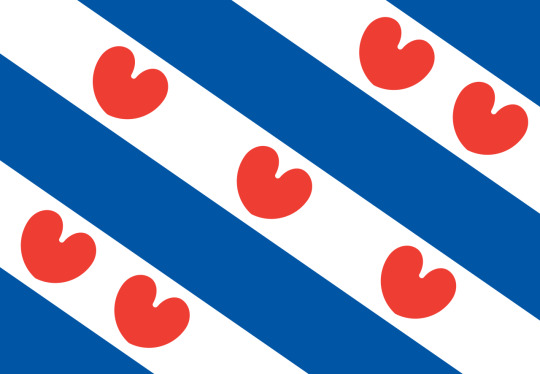
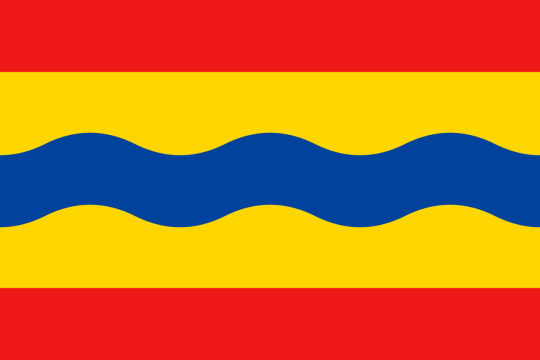
Flag Wars Bonus Round
16 notes
·
View notes
Text
It's really interesting to see the differences in Dutch traditional clothing. For example, Hindeloopen (left) and Leeuwarden (right) here. Both are places in the province of Friesland, but the traditional clothes are completely different.
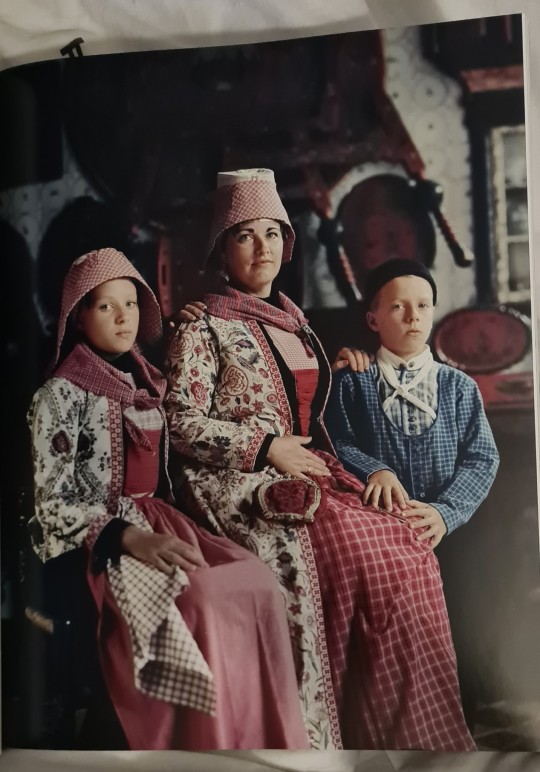
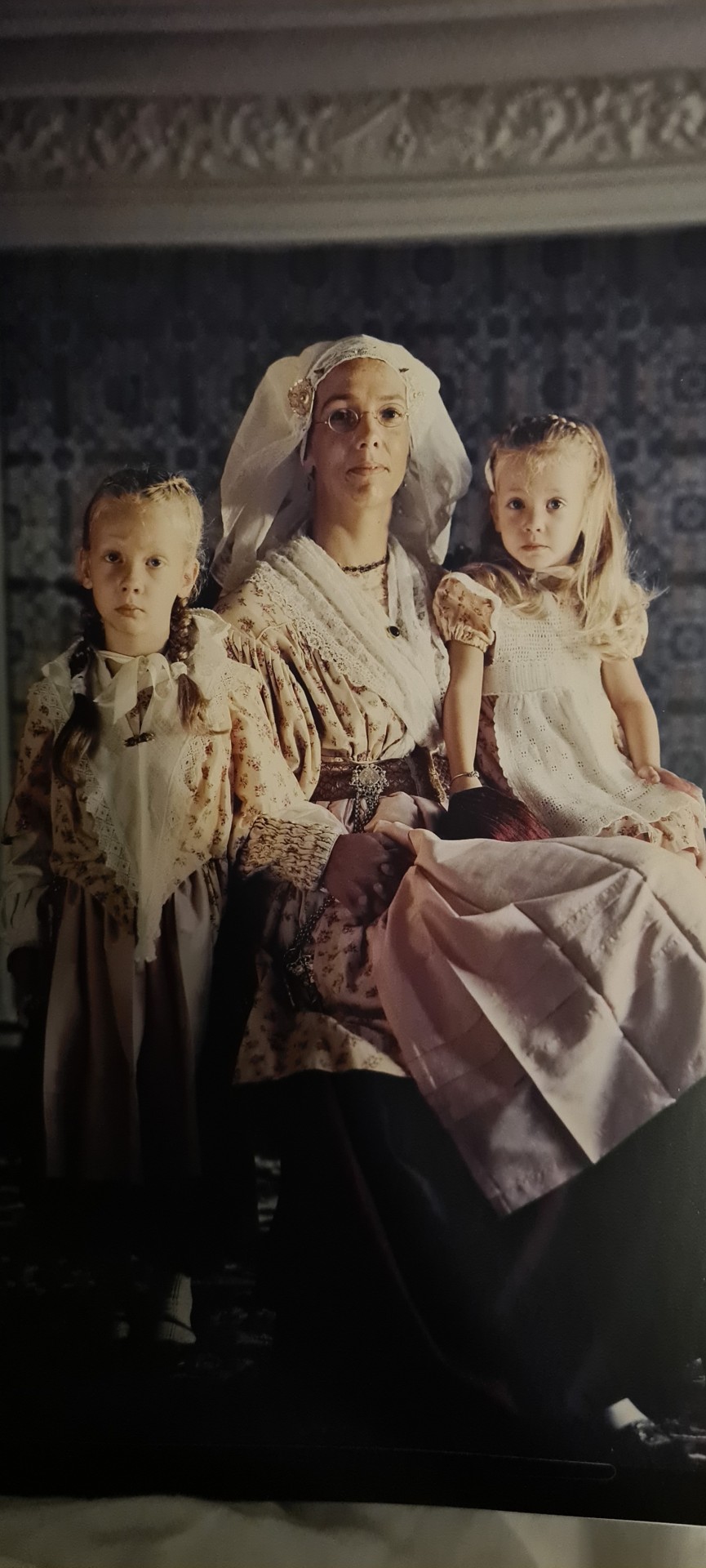
18 notes
·
View notes
Text

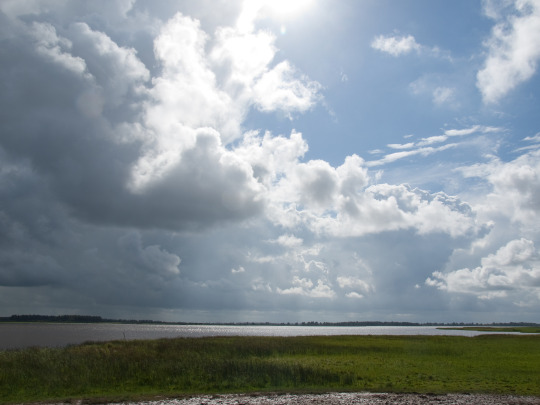


Lauwersmeer (2) (3) (4) by Jeroen Hillenga
#streams#countryside#path#wide sky#cloud formations#grasses#meadow#the netherlands#groningen province#friesland province
1 note
·
View note
Text
Avoid reblogging for a smaller sample size.
2 notes
·
View notes
Text
A standoff between Dutch farmers and their government is causing havoc in the Netherlands this summer. Protesters have withheld deliveries from grocery stores, smeared manure outside the home of the agriculture minister, and blocked highways with hay bales and tires. “That’s what you get when you make people so very angry,” Sieta van Keimpema, secretary of the Farmers Defense Force (FDF), said July 27 as the group launched a fresh round of demonstrations.
What’s driving the dispute? Manure. The Netherlands’ intensive livestock farming system produces an unusual excess of animal feces. When mixed with urine, those feces give off ammonia and nitrous oxide. The former is a pollutant that can leak into air and water, harming local wildlife. The latter is a potent greenhouse gas that traps heat in our atmosphere: the Intergovernmental Panel on Climate Change says nitrous oxide accounts for around 6% of global greenhouse gas emissions.
In June, the Netherlands unveiled a world-leading target to halve emissions of the gasses, as well as other nitrogen compounds that come from fertilizers, by 2030, to tackle their environmental and climate impacts. The government said it was leading an “unavoidable transition” for agriculture. Farmers can reduce the release of nitrogen compounds by changing how they manage their cows: feeding them less protein, or using water to dilute manure, for example. But the target is expected to require a 30% reduction in overall livestock numbers, and experts say many farms will have to shut down. Farmers are demanding that the government rethink the plan before it becomes law later this year.
Trienke Elshof, a dairy farmer with 250 cows in the northern province of Friesland, says farmers feel blindsided: for decades, governments have encouraged them to increase yields. Meanwhile, other high-polluting industries, such as aviation, construction, and transport, have yet to face such severe environmental rules. “We know we have to do something about nitrogen, but not in this top-down way, and not at this speed,” she says. “It feels like they want to get rid of all the farmers in the Netherlands.”
The farmers’ plight is stirring a thorny debate on climate action, with implications well beyond the Netherlands. A wave of solidarity protests have taken place in recent weeks, from Germany to Canada. Some have been organized by people who view the measures as an attack on workers’ rights and small businesses. But far-right figures and conspiracy theorists have also gotten involved. Twitter is filled with posts linking the Netherlands’ nitrogen policy to the Great Reset—a theory that claims international elites are trying to use the COVID-19 pandemic to establish an authoritarian global government. On July 7, Fox News’s Tucker Carlson featured a guest wrongly claiming the policy is designed to clear land for use by migrants. And at a July 23 rally former U.S. President Donald Trump praised the farmers for fighting their governments’ “climate tyranny.”
This may be just the beginning of much wider global unrest over agriculture. Scientists say dealing with climate change will require not just gradual reform, but a rapid, wholesale transformation of the global food system. As one of the world’s most densely farmed nations, the Netherlands is one of the first countries to grapple with how that upheaval will impact farmers—and how messy the transition will be. It won’t be the last.
How the Netherlands’ got here
The Netherlands is famous for its highly productive agriculture industry. In the years following the Second World War, during which the country suffered a famine due to Nazi blockades, Dutch farmers led a drive to increase the amount of food that could be grown on their relatively small territory. That meant rolling out greenhouses, vertical farming, and other efficiency-improving technologies, and also cramming in 238 cows per square mile as of 2021, compared to around 100 in the U.K., and 81 in Germany. By value, it’s the world’s fourth largest dairy exporter and second largest overall food exporter, after the U.S. The Dutch earn more from agriculture than Brazil—a country whose territory is 205 times larger.
But all that has come at a cost. Dutch cows produce so much manure that farmers struggle to dispose of it safely. As a result, ammonia pollution is affecting air quality in some areas. And agriculture accounts for 86% of the country’s nitrous oxide emissions, which drive up the country’s contribution to global warming. Meanwhile, intensive fertilizer use has led to toxic algae blooms in the country’s waterways that kill fish and make lakes dangerous to swim in.
In 2018, after a lawsuit brought by an environmental NGO, the European Court of Justice ruled that the Netherlands’ policy to tackle its outsize nitrogen pollution problem was too weak and violated E.U. law. When a new coalition government formed in June this year, they unveiled plans to dramatically accelerate pollution reduction. Nationally, nitrogen pollution must be cut by 50% by 2030, with regions near protected nature reserves expected to cut pollution by 70%.
Farming’s global environment problem
The Netherlands’ pursuit of farming efficiency is an extreme version of agricultural expansion that has taken place across the rest of the world over the last century. The environmental consequences are not limited to nitrogen pollution. Worldwide, the amount of land used for crops and livestock doubled over the course of the 20th century, requiring the clearing of forests that once sheltered biodiversity and helped keep our climate stable by sequestering carbon. An increase in the global population of methane-belching cows, now over a billion-strong, has doubled atmospheric levels of the potent greenhouse gas since 1900. Farming is also responsible for 70% of the fresh water we consume each year.
Environmentalists say we need to reduce the toll farming takes on nature, by eating less meat and growing crops in less harmful ways, while at the same time make our food systems more resilient to the heat, drought, storms, and flooding that will be intensified by climate change.
The Netherlands’ bold agricultural policy, which tackles multiple environmental problems at once and comes with a $25 billion fund to help provinces and farmers transition, is a promising step, according to Natasja Oerlemans, head of the food team at WWF Netherlands. “This is the first time the government has been willing to take ambitious, comprehensive measures,” she says. “And because [of the budget], it can allow farmers to take a new direction.”
What’s making farmers so angry?
But for Dutch farmers, that new direction feels unclear: the government announced the target without specifying how the $25 billion will be distributed, or how provinces will decide who gets to keep their cows, or if there will be involuntary buyouts. The uncertainty has helped fuel anger.
Elshof says she doesn’t know what will happen to her farm if the target becomes law. She might be able to sell off 30 cows, but much more than that would make her business untenable. If other farmers in her region sell their farms, Elsof and her husband, both in their 50s, might be able to keep their cows, she says. Otherwise, they may be forced into early retirement. Their son, currently studying at an agricultural high school, is rethinking his life-long plan to become a farmer.
The government sent a mediator to meet with farmers’ organizations on July 26, in a bid to convince them that the target is workable. But unions said they didn’t consider the mediator—a member of Prime Minister Mark Rutte’s party—independent. They warned they won’t meet with him until the government promises “serious discussions” on the target and its timeline, suggesting the dispute is likely to continue.
The Netherlands’ farmers protests are probably the largest uprising over environmental regulation of agriculture that the world has seen in the climate action era. But similar tensions have been bubbling elsewhere. Farmers in Spain, Ireland, and New Zealand have all staged demonstrations in their capitals to challenge green reforms in the last few years. Populists in the U.S. and Europe, including France’s Marine Le Pen, are seizing on the protests to cast climate action as a conflict between rural heartlands, working people, and urban elites.
Elshof, who marched in a June protest but hasn’t joined the more disruptive efforts, says governments and climate advocates hoping to enact environmental reforms need to communicate better and offer more support if they want farmers to make a rapid change. “The world now wants us to see ourselves as keepers of the environment and nature—and that’s so new,” she says. Overhauling a food system on which we all rely “is the responsibility of the whole community, not just farmers,” she adds. “We cannot do this alone.”
17 notes
·
View notes
Note
Is there a real world equivalent accent that your OCs have? (Like even though Ireland might not exist in your world they still have something that could be considered or inspired by a Irish accent, for example)
another great question!!
for each of my ocs, i retrieve cultural inspiration from somewhere on earth. Alberich and Spera Amadea have the tightest influence!
Alberich Wiersma - I was inspired by Germanic languages and decided on the name Alberich, which originates from Old High German. Wiersma is a surname of West Frisian origin. West Frisian is a long-living language of the Dutch province, Friesland. Therefore, I picture Alberich with a strong German accent.
Spera Amadea Millefiori - Spera’s name is something I invented myself. This character is my way of portraying subtle Italian culture, and I was thinking of Italian words I could transform into a name fit for a elegant water nymph. Spera originates from the verb Sperare (to hope) and is the conjugation of he/she/it hopes. Amadea came from me always having liked the name ‘Amadeus’ - the Italian reference here is that Amadeus is the name of a well-known Italian tv-presenter - and I morphed into a Italian feminine sounding name. Turns out - it is actually an Italian / Latin name! Millefiori is the name of my favourite honey (i’m a big fan of honey). Miele di Millefiori means Wildflower Honey, which seems very fitting for a nymph. Anyway, I definitely picture Spera with a subtle italian accent, specifically a Southern-Italian accent.
- Are there any OCs from either Devil & Dove or your other projects that have some sort of influence like this?
1 note
·
View note
Text
Geoguessr tips - Netherlands edition
Sooo I recently got into Geoguessr and well, I thought: why not share some tips on how to identify my home country: the Netherlands, and better yet: narrow down exactly where you are with relative ease:
General stuff
The Netherlands has yellow license plates; the only country besides Luxembourg in Europe to have them
The Netherlands is mostly flat - but beware! There is actually some hilly terrain, especially in the Southeast (Limburg)
Cycling infrastructure: oftentimes red lanes, also plenty of signs. There'll also be bicycles parked basically everywhere except highways. Note that country roads often have unpainted cycling lanes to the side with one central lane for cars. Road lines are always white.
IJ/ij. Only found in Dutch. There's also both vowel and consonant doubling in some words, though both rarely happen ar the same time
Narrowing down your location:
If a town ends in -lo, it's in the East of the country
If a town ends in -veen it's often somewhere to the North
If a town ends in -dam it's near water, probably a river
If the sign is bilingual (note: German doesn't count!) or features â, î, ô, ê or û, it's in the Friesland province (Northwest)
German on signs or advertisement means it's in a border region
Town signs will have the municipality on them as well (gem. [...])
Does a church or area look Catholic? (Crosses, statues, that sorta thing) Probably Limburg or Brabant (South)
Modern architecture and tall buildings? Rotterdam. It's the only place that has "a modern skyline"
Sand drifts can be found in the Veluwe region (the big wooded area to the middle of the country). I don't even know whether they have any spots near sand drifts, but who knows. Could be useful.
Dutch neighborhoods are themed. For example: artists, plants, royal family, countries, inventors etc. This is most useful when you know some Dutch though, but handy nonetheless
Texel, Vlieland, Terschelling, Ameland and Schiermonnikoog are the islands going from left to right. See any of em on a sign and you know where you are
Major highways start with an A, provincial roads with an N
Public transit can be a big clue. Some bus companies only operate in certain regions. (See pic 1) Trams can only be found in Amsterdam, the Hague, Rotterdam (and area) and Utrecht
Phone area codes. Quite useful. They can help you narrow things down considerably (see pic 2)
Recreational cycling route junction (fietsknoopppunt) signs will tell you the region you're in (see pic 3)
PS: "Fietspad" means cycling path. It's useless for geolocating as is "Doorgaand Verkeer" (through traffic). Yellow signs are temporary.


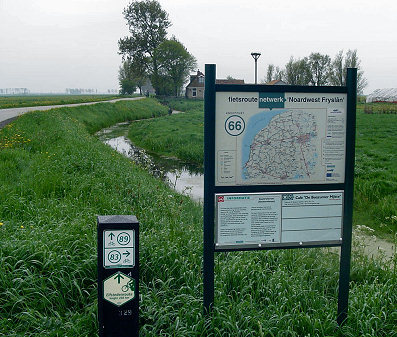
4 notes
·
View notes
Photo

Dirk Jacobs Ploegsma - Portrait of a young man in a brown coat -
Dirk Jacobs Ploegsma, (Leeuwarden, February 19, 1769 - May 21, 1791) was a Frisian painter.
Dirk Ploegsma was the only child of Jacob Dirks Ploegsma, captain of the province of Friesland, and Christina Idzardi. When he was five years old he already started drawing and in his seventh year his father brought him as an apprentice to the painter Mathijs Accama and further in his ninth year with Johannes Verrier with whom he remained all his life, although he was his teacher in the painting. painting had long surpassed.
Ploegsma was a friend of Willem Bartel van der Kooi, who was also a student of Verrier.
Although he was still very young, he was approached by several people to paint their portraits. In 1791, the young painter died at the age of 22.
5 notes
·
View notes